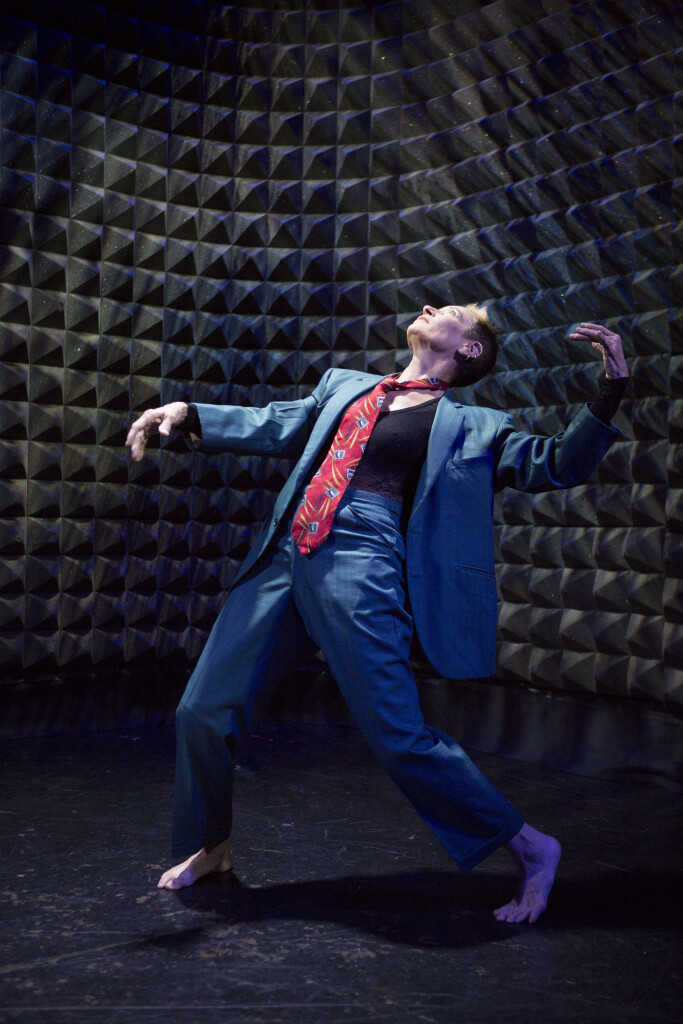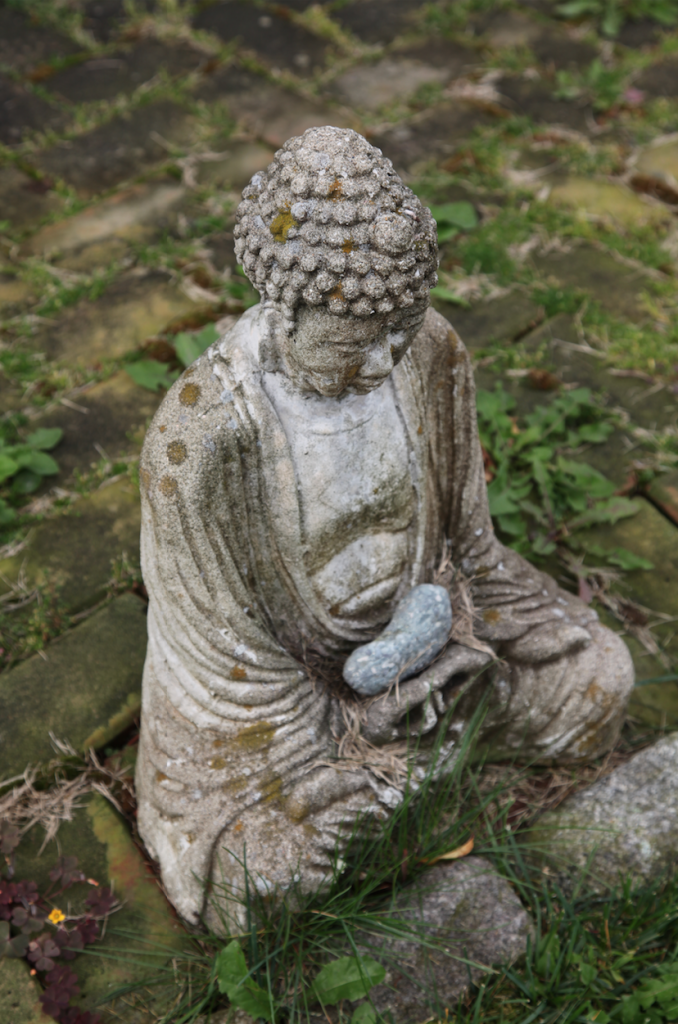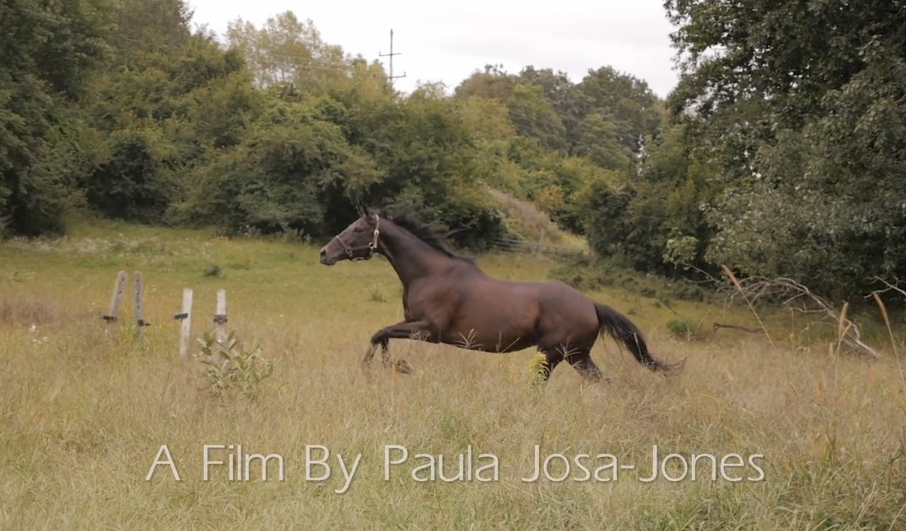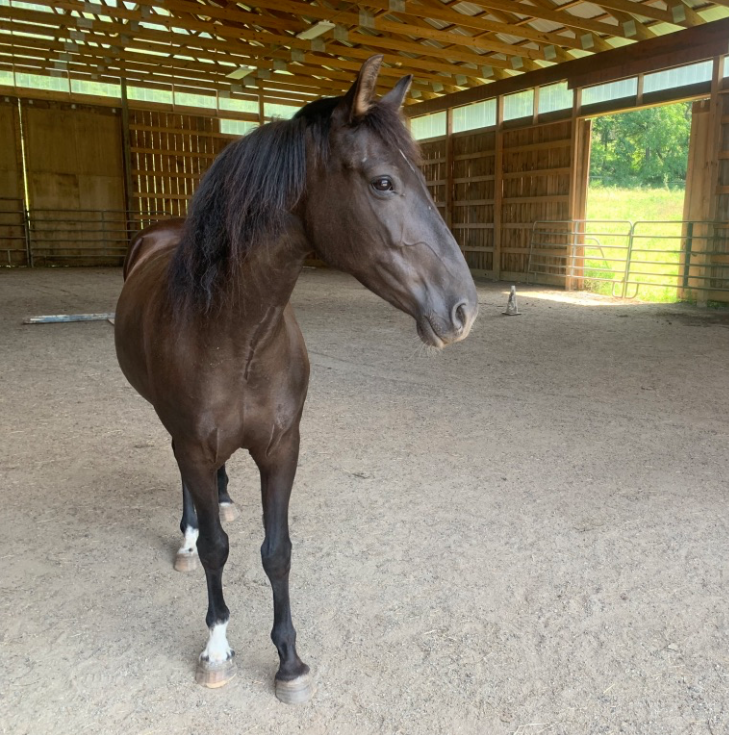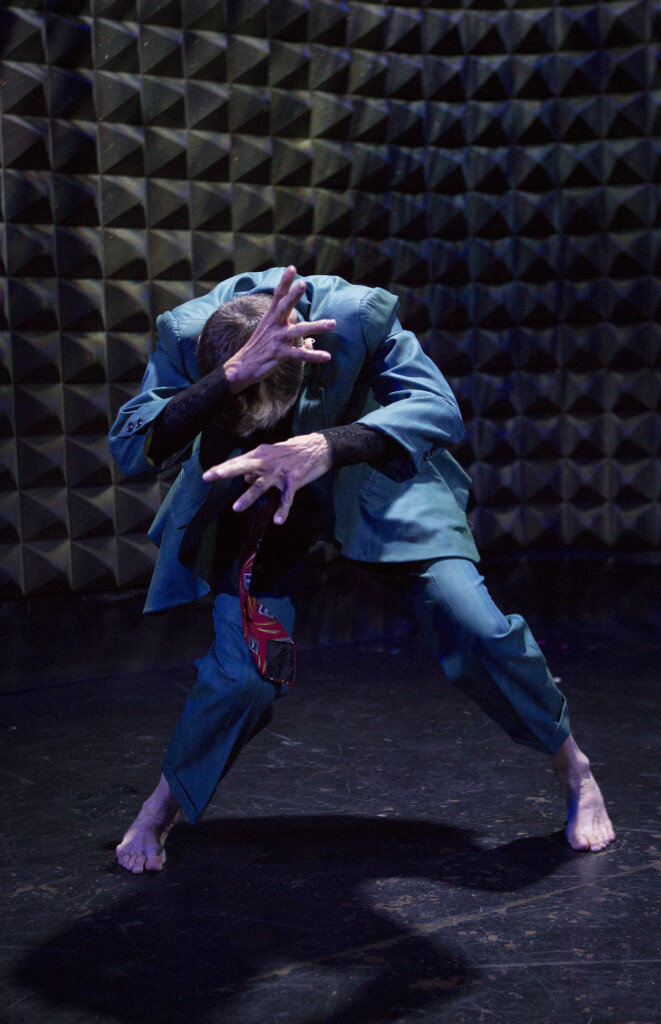 Photos from FLUID by Paula Josa-Jones at the DANCENOW Joe’s Pub Festival
Photos from FLUID by Paula Josa-Jones at the DANCENOW Joe’s Pub Festival
What happens in the face of terror is that we narrow our vision, close down our bodies, shuttering them like stores and restaurants in the face of the fear of contagion. Maybe it will pass me by. Maybe it will not find me. The impulse is to close in, close off, retreat, hide. To try to find protection somewhere, somehow.
But what if instead, we find ways to expand, even in the face of the contraction that we collectively feel.
Start small. Begin with letting the eyes to widen to include the periphery, rather than narrowing your vision in a focal tunnel. Look up from the computer and notice what you see with your peripheral vision. Steve Paxton, the dancer and choreographer, says that when we engage the peripheral vision, we can feel our bodies more clearly, almost as if we had closed our eyes.
Then let your eyes meander, letting them go wherever they want. As you do that, notice how the movement of the eyes cascades through the head and neck and the whole body, even if the movement is very small.
Allow the body to move, even if you are sitting, Let small, exploratory movements bubble up from the body, perhaps beginning with awareness of the spine (that three-dimensional column connecting head and tail), and then letting those movements percolate through the rest of the body. Little movements, almost as if the cells themselves were initiating the movement, or as if your effortless breath is sliding through the spaces between the cells.
The term ‘kinesphere‘ was coined by choreographer Rudolf Laban and is defined as the sphere around the body whose periphery can be reached by easily extended limbs. With trauma or fear, we tend to shrink our kinesphere in an effort to protect our boundaries, or in an attempt to limit or suppress bodily or emotional feeling.
Wherever you are right now, notice if the body feels contracted or expansive. Now gently widen your elbows a little away from your sides, and then let them settle back. Do that a few times and notice any shift in how you feel in body and mind, as you invite a bit of expansion in your body.
Next, let the elbows float out to the sides, and then let that movement flow through the arms until they are softly extended out to your sides. Stay there for a moment, seeing your hands with your peripheral vision, and then let the arms come back to your sides.
Then slowly float one arm upward toward the ceiling, and then the other. Feel that lengthening though the whole torso and at the same time notice the support from your feet if you are standing, or your hips if you are sitting. Slowly let the arms come down.
Take a little time each day to play with your kinesphere – gently letting the body explore your near, mid and far reach space. This can help to restore or encourage a greater sense of spaciousness and ease in body and mind.
I am working with students and clients virtually at this time. If you would like to arrange a Somatic Experiencing or Somatic Movement Therapy Zoom session, you can contact me at pjj@paulajosajones.org.
